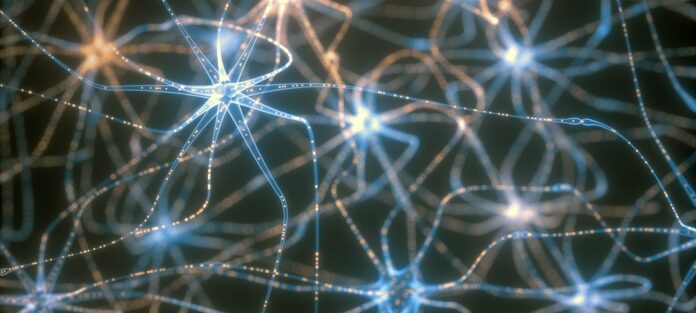A quicker method to appraise vulnerability in AI-helped dynamic could prompt more secure results. Progressively, Artificial Intelligence frameworks known as profound learning neural organizations need to advise choices essential to human well-being and security, for example, in Automated driving or clinical analysis. These organizations are acceptable at perceiving designs in enormous, complex datasets to help in dynamic.
Productive vulnerability
After a here and there history, profound learning has exhibited striking execution on an assortment of errands, now and again in any event, incredible human exactness. Furthermore, these days, the profound study appears to go anyplace PCs go. It powers internet searcher results, online media feeds, and facial acknowledgment.
Neural organizations can be monstrous, now and then overflowing with billions of boundaries.
The scientists concocted an approach to gauge vulnerability from just a solitary run of the neural organization. They planned the organization with built-up yield, creating a choice as well as another probabilistic dispersion catching the proof on the side of that choice. These disseminations, named evidential circulations, legitimately catch the model’s trust in its expectation.
Certainty check
To scrutinize their methodology, the analysts began with a tough vision task. A self-governing vehicle may utilize comparative counts to assess its nearness to a person on foot or to another vehicle, which is no basic errand.
Their organization’s presentation was comparable to past best in class models, however, it additionally picked up the capacity to gauge its vulnerability. As the analysts had trusted, the organization extended high vulnerability for pixels where it anticipated some unacceptable profundity. To push test their alignment, the group additionally demonstrated that the organization extended higher vulnerability for “out-of-appropriation” information — totally new kinds of pictures never experienced during preparing. After they prepared the organization on indoor home scenes, they took care of it a clump of open-air driving scenes. The organization reliably cautioned that its reactions to the novel outside scenes were questionable.
The organization even knew when photographs had been doctored, conceivably supporting against information control assaults. In another preliminary, the specialists supported antagonistic clamor levels in a group of pictures they took care of to the organization. The impact was unobtrusive — scarcely detectable to the natural eye — yet the organization tracked down those pictures, labeling its yield with elevated levels of vulnerability. This capacity to sound the alert on misrepresented information could help distinguish and hinder antagonistic assaults, a developing worry in the time of deep fakes.

